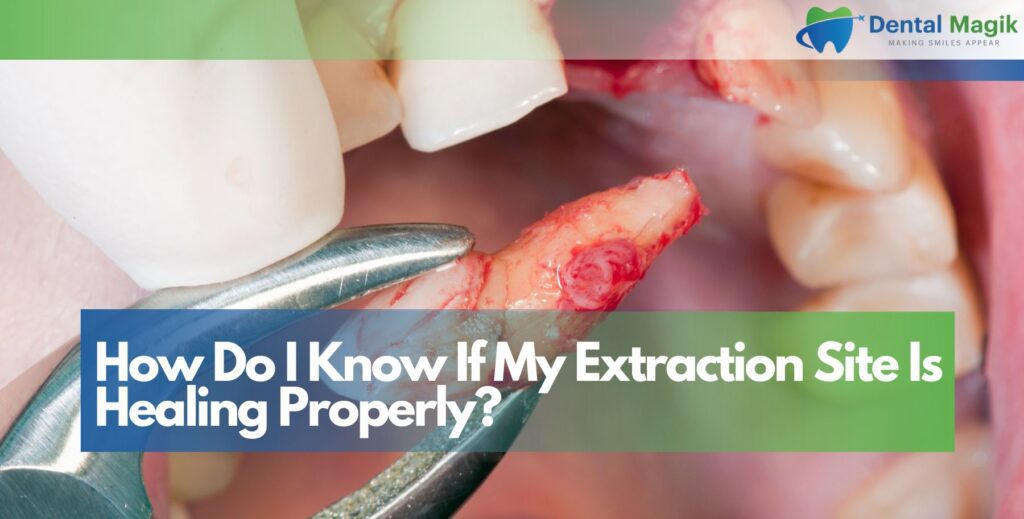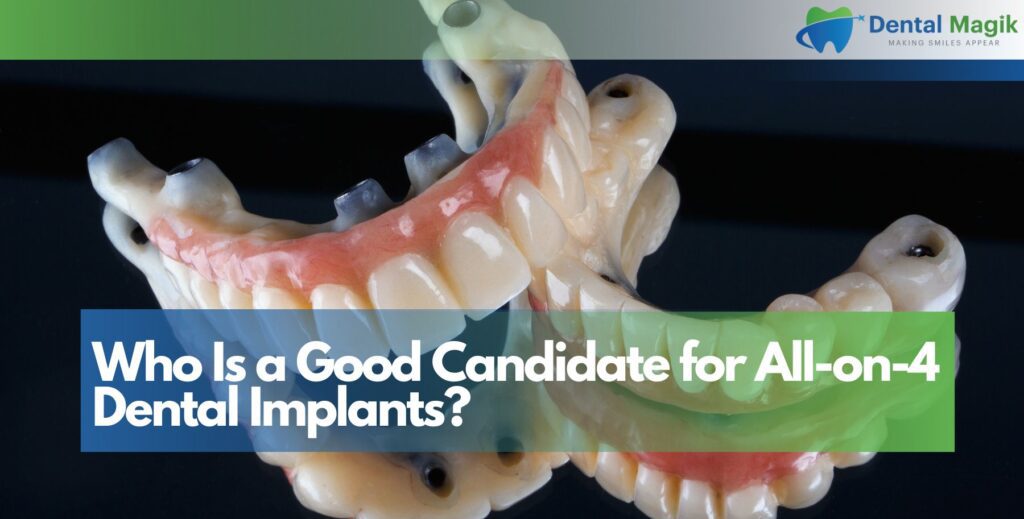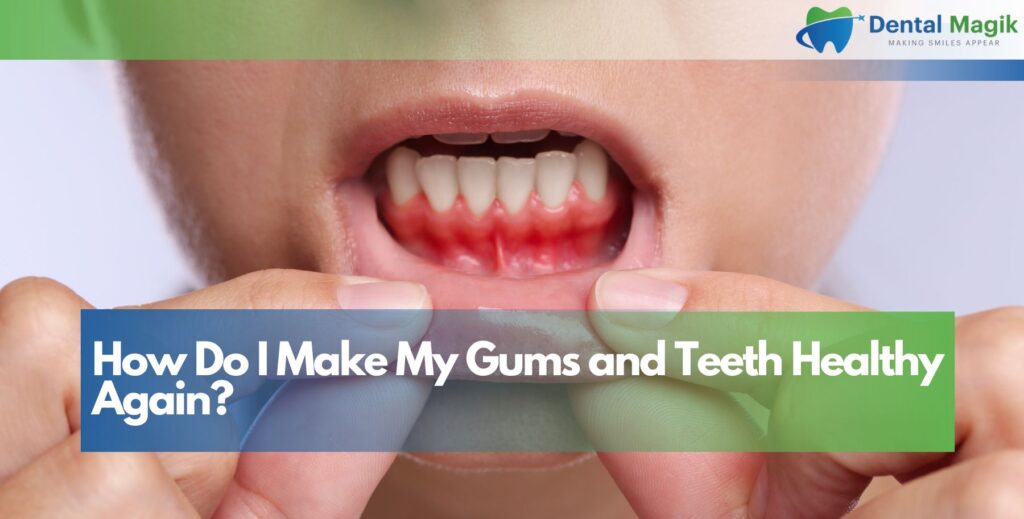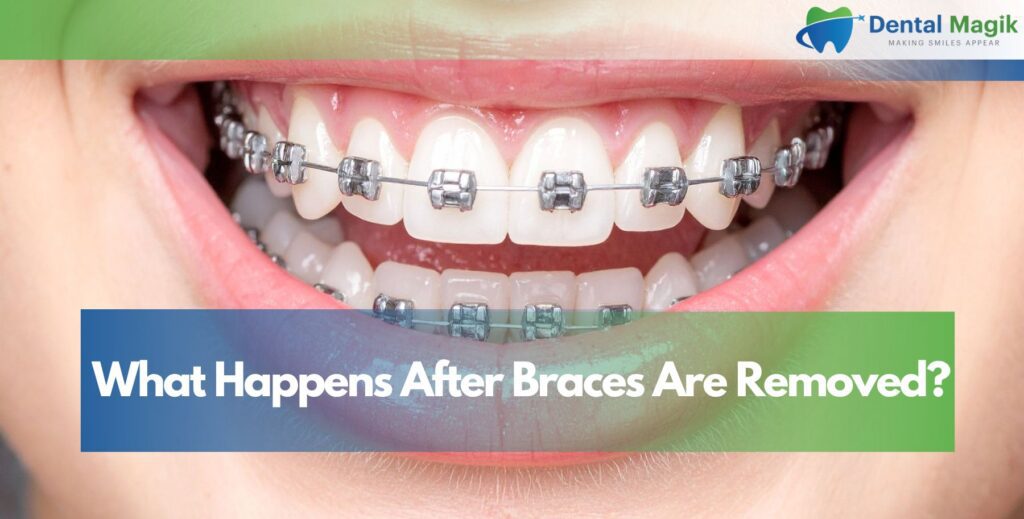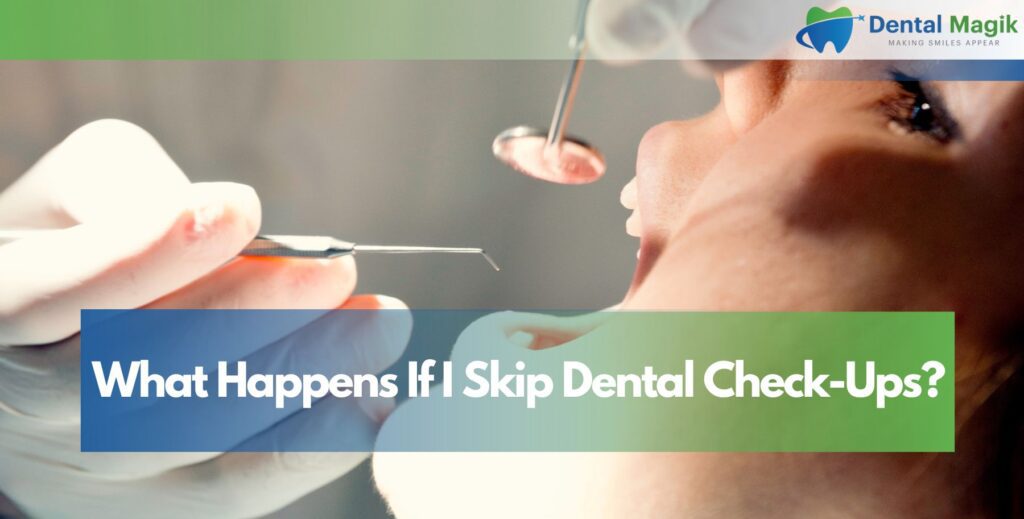A dazzling smile can boost confidence and accentuate your features. Professional teeth whitening offers fast, reliable brightening compared to over-the-counter kits. When done correctly, it can remove deep stains caused by tea, coffee, tobacco, or aging—transforming your teeth up to several shades in one session.
Why Choose Professional Over At-Home Teeth Whitening?
Professional whitening delivers superior results thanks to stronger bleaching agents, customized fit, and dental supervision.
Stronger Whitening Agents with Safety Controls
Dental offices use higher-concentration hydrogen peroxide or carbamide peroxide gels, applied precisely with protection for gums and soft tissues. This ensures faster, more dramatic results with reduced risk of sensitivity or uneven color.
Custom Trays and Supervised Application
Customized whitening trays fit perfectly and distribute gel evenly. Unlike generic over-the-counter trays, they help avoid leaks and gum irritation. The dentist monitors progress, ensuring shade targets are achieved properly.
How the Professional Teeth Whitening Process Works
Understanding the stages of treatment helps set expectations and ensures you feel confident about the procedure.
Initial Consultation and Shade Assessment
During your first visit, the dentist evaluates tooth health, checks for cavities or gum issues, and measures your current tooth shade. This ensures you are a candidate and sets realistic shade goals.
Whitening Session and Post-Care Instructions
Under professional supervision, the gel is applied in a controlled manner for several 15–20 minute sessions. Afterward, you receive instructions on avoiding staining foods and caring for treated teeth to maintain brightness.
Benefits of Professional Whitening That Enhance Your Smile
Whitening isn’t just cosmetic—it can improve oral aesthetics and confidence.
Dramatic Shade Improvement in One Visit
Professional systems can lighten teeth by several shades quickly. Patients often see improvements of 2–8 shades in under an hour—especially with treatments like Zoom whitening.
Uniform, Natural-Looking Color Results
Even coverage and consistent fade-free results come from controlled application and professional gels—not from uneven or patchy home kits.
Managing Teeth Sensitivity During Whitening
Temporary sensitivity is common, but manageable with proper measures.
Use of Desensitizing Agents and Fluoride
Before or after whitening, dentists may apply fluoride varnish or use potassium nitrate gels to minimize discomfort. These elements help block nerve pathways in teeth and reduce sensitivity risk.
Home Care Tips to Minimize Discomfort
Avoid cold, acidic, or abrasive foods for a day or two post-whitening. Use sensitivity toothpaste and brush gently to support enamel recovery after treatment.
Long-Term Maintenance for Your Brightened Smile
To keep your teeth looking their best after whitening, simple daily habits make a big difference.
Avoiding Staining Foods and Drinks
Limit coffee, red wine, tea, dark sauces, and smoking—especially during the first 48 hours. If you must indulge, rinse with water or use a straw to minimize contact with teeth surfaces.
Touch-Up Trays or Maintenance Sessions
Your dentist can supply at-home trays for occasional top-ups. Some patients return annually or biannually for office touch-ups to maintain peak brightness.
How Long Do Professional Whitening Results Last?
The results of professional teeth whitening are long-lasting—but not permanent. How long your smile stays bright depends on your habits and maintenance routine.
Factors That Affect Whitening Longevity
Foods and drinks like coffee, wine, and berries stain teeth faster. Tobacco use also speeds up discoloration. Genetics, age, and enamel thickness can influence how long your results stay visible.
How to Extend Whitening Effects
Brush twice daily with a whitening-safe toothpaste, floss regularly, and schedule touch-up whitening every 6 to 12 months. Drink water after meals and avoid stain-heavy foods when possible.
Professional Whitening vs Drugstore Whitening Products
Not all whitening solutions are equal. Many people try over-the-counter kits first, but end up with uneven or disappointing results.
Over-the-Counter Options Lack Strength
Most store-bought kits have lower levels of active ingredients, which means they work slowly, or not at all on deep stains. In some cases, improper use can lead to gum irritation or enamel damage.
Why In-Office Whitening Is Safer and More Effective
Dentist-supervised whitening uses stronger gels, better isolation techniques, and customized applications. The result? Brighter teeth in one visit, without harming gums or enamel.
Candidacy – Who Should (and Shouldn’t) Get Teeth Whitening?
While most people are good candidates, some conditions may require caution or delay.
Ideal Candidates for Professional Whitening
You’re a good fit if you have healthy gums, no untreated cavities, and yellowed or stained teeth from diet or age. This treatment is great before weddings, interviews, or special events.
When Whitening Is Not Recommended
People with gum disease, worn enamel, exposed roots, or multiple restorations may need alternatives. Teeth with crowns, veneers, or fillings won’t respond to bleaching—your dentist will offer other cosmetic options instead.
Combining Whitening with Other Cosmetic Dental Procedures
Whitening is often just one part of a smile makeover. It works well with other cosmetic and restorative procedures.
Whitening Before Getting Veneers or Fillings
If you’re planning veneers or fillings, it’s best to whiten first. That way, the dentist can match your new restorations to your brighter natural teeth.
Pairing Whitening with Dental Cleanings
Professional cleaning removes plaque and tartar, helping the whitening gel work more evenly. Many patients schedule their cleaning and whitening back-to-back for the best outcome.
Understanding the Cost of Professional Teeth Whitening
While it costs more than store kits, professional whitening offers better value in speed, safety, and long-term results.
What to Expect Price-Wise
In-office whitening in the U.S. generally ranges from $300 to $600. The exact price depends on your location, the method used (e.g., Zoom), and whether touch-up trays are included.
Is It Worth the Investment?
Yes—if you want immediate, reliable results that last. You save time, reduce risks of complications, and achieve a polished, even finish that’s hard to get from home products.
Conclusion
Professional teeth whitening is more than a cosmetic trend—it’s a trusted, dentist-supervised treatment that removes years of stains and enhances your natural beauty. With safe methods, quick results, and long-lasting brightness, it’s one of the simplest ways to boost your smile and self-confidence.
If you’re ready to brighten your teeth safely and effectively, consult a trusted Dentist in East Brunswick, NJ for professional whitening options tailored to your smile. You’ll leave the chair feeling fresh, confident, and picture-ready.
FAQs
Is professional teeth whitening safe?
Yes. It’s done under dental supervision using safe ingredients that protect enamel and gums.
How long does the whitening process take?
Most sessions take 45 to 90 minutes in the office. Some methods offer noticeable results after just one visit.
How many shades whiter can I expect?
Patients often see teeth brighten by 2 to 8 shades, depending on the method and their original color.
Will teeth whitening cause sensitivity?
Mild sensitivity is common but temporary. Dentists use desensitizing agents to reduce discomfort during and after treatment.
Can I whiten crowns or veneers?
No. Teeth whitening only works on natural enamel. Crowns or veneers won’t change color, so it’s best to whiten first before placing restorations.
How long will my whitening results last?
With proper care, results last from 6 months to 2 years. Lifestyle habits and maintenance affect longevity.
Is in-office whitening better than take-home kits?
Yes. In-office treatments are faster and more effective, with stronger ingredients and professional monitoring.
Can I whiten my teeth if I have braces?
Whitening is best done after braces are removed. Whitening around brackets can cause uneven color.
Are there risks to whitening too often?
Yes. Over-whitening can damage enamel or irritate gums. Follow your dentist’s guidance for safe frequency.
What’s the best way to maintain white teeth after whitening?
Brush twice a day, floss daily, avoid staining foods, and schedule touch-up treatments or trays as needed.


